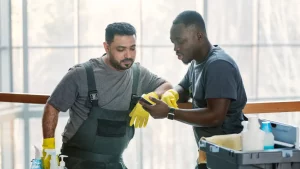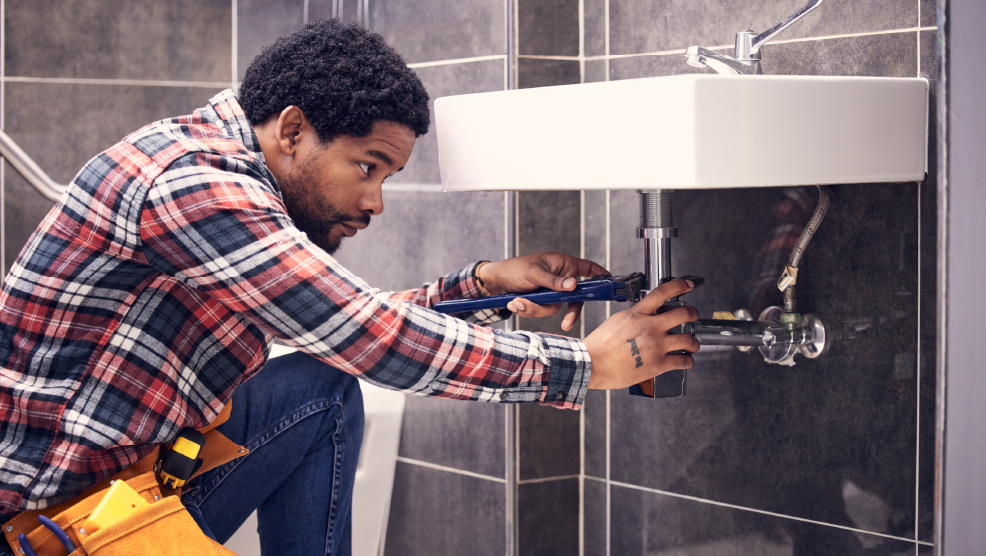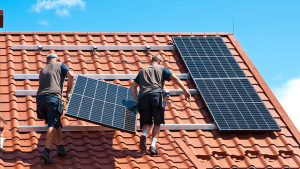See how Zuper, a powerful FSM software, transformed a leading Chicago-based plumbing business to streamline communication, optimize scheduling, and boost customer satisfaction.

How a Timesheet App Saved a Cleaning Service Business by Streamlining Payroll Processing
Discover how an Austin-based cleaning service ditched paper mess and boosted team efficiency and payroll accuracy with timesheet management software. The transformation is real—and it could be yours too.





